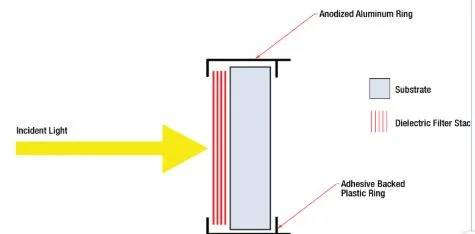The Digital Smile Revolution: Planning Aesthetics with Precision Dentistry
Modern dentistry has changed a lot. It used to be a reactive field that only dealt with disease. Now, it is a sophisticated, proactive field that focuses on digital planning and aesthetic excellence. Patients today want results that are not only long-lasting and healthy, but also fit their facial features and personality perfectly. As people who are picky about their smiles start the process of changing them, the first thing they usually do is look for a provider who is really good at this, which leads them to search for the best dentist in Mississauga who can give them results that are truly unique and easy to predict. Digital Smile Design (DSD) is a revolutionary planning method that makes sure the final look is planned out and approved before any physical treatment starts. This is because of this demand.
Digital Smile Design: The Plan for Self-Esteem
Digital Smile Design (DSD) is more than just a piece of software; it’s a way of thinking that puts the patient’s aesthetic goals, emotional needs, and facial features at the center of the treatment plan. It begins with complete digital records, such as high-resolution photos, video analysis, and 3D digital scans of the patient’s mouth. After that, the dentist and technician use special software to place the perfect tooth shapes, lengths, and proportions right on the patient’s face in the pictures. This lets the patient see what the changes will look like—usually by putting a temporary, removable mock-up over their existing teeth—and give direct feedback. This collaborative process takes the guesswork out of the equation, making sure that the final veneers, crowns, or orthodontic adjustments fit perfectly with the patient’s smile line, lip position, and overall facial structure. This leads to the highest level of patient satisfaction.
Minimal Invasive Techniques for Maximum Effect
The DSD protocol strongly supports the shift toward cosmetic procedures that are less invasive. The dentist can prepare the teeth with the most accuracy because the desired end result is set digitally. This keeps as much of the natural tooth structure as possible. Porcelain veneers and invisible braces are the two most common cosmetic enhancements that people plan to get with DSD. Veneers are thin, custom-made shells of ceramic that are glued to the front of the teeth to fix minor alignment problems, severe discoloration, and small chips or gaps. The final cosmetic result is perfect alignment and perfect aesthetics when combined with clear aligner therapy, which moves teeth into their correct positions over time. The most important thing is to treat cosmetic work as an important part of full restorative dentistry. This means making sure the bite (occlusion) is stable and the gums are healthy before putting in the final aesthetic restorations.
Why Holistic Skill and Technology Are Important
It is very important to choose a practitioner who is skilled in advanced cosmetic treatment. To do an aesthetic transformation, you need to know a lot about facial aesthetics and biomimetic principles, which copy the structure and function of natural teeth. The provider needs to combine the 3D data from the intraoral scanner with the 2D planning from the DSD software to help with precise procedures. Also, for the dental office to be successful, it needs to work with a good dental lab where master technicians make the final restorations based on the exact digital blueprint. Even the best cosmetic plan could fail to meet the patient’s specific goals without this smooth, technology-driven workflow.
Patients can be sure they get restorative and cosmetic work that is planned for health, longevity, and a truly beautiful result by choosing dentists who invest in DSD and cutting-edge technology. This careful planning is what makes the difference between a generic smile and one that is made just for you to boost your confidence and make your face look better for years to come.






